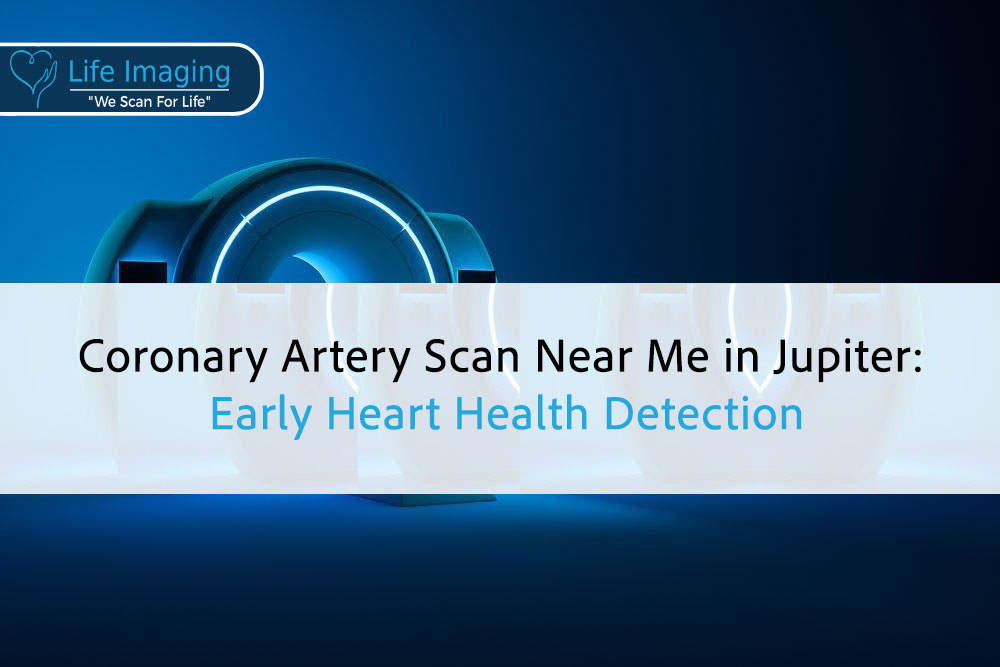
Coronary Artery Scan Near Me in Jupiter: Early Heart Health Detection
Introduction Your heart works hard every second of the day,

Chronic Kidney Disease (CKD) affects millions of people worldwide and presents a significant health challenge. Early detection and diagnosis are crucial for effectively managing CKD and preventing its progression to end-stage renal disease. Accurate imaging techniques play a vital role in identifying the early signs of CKD, allowing for timely intervention and improved treatment outcomes.
At Life Imaging Fla, we specialize in the early detection of heart disease and cancer using advanced imaging technologies. Our state-of-the-art imaging center is equipped to provide detailed insights into various medical conditions, including CKD. Understanding how different imaging techniques work and their role in diagnosing and monitoring CKD can help patients and healthcare providers make informed decisions about treatment and management. 
This article presents various imaging techniques used in the diagnosis and monitoring of CKD, including ultrasound, computed tomography (CT), magnetic resonance imaging (MRI), and nuclear medicine scans. Each imaging modality offers unique advantages, and understanding these can help in selecting the most appropriate technique for individual cases. Additionally, we will discuss the importance of early detection, the benefits of advanced imaging technologies, and how Life Imaging Fla can support individuals in their health journeys.
By leveraging cutting-edge imaging techniques, we can detect CKD at its earliest stages, ensuring timely intervention and better patient outcomes. Join us as we explore chronic kidney disease imaging techniques and learn how Life Imaging Fla’s advanced imaging services can help you achieve optimal health.
Early detection of Chronic Kidney Disease (CKD) is critical. Without early diagnosis, CKD can progress to more severe stages, leading to serious health complications. Early intervention can slow disease progression and improve quality of life. It also allows healthcare providers to develop tailored treatment plans specific to each patient’s needs. Regular check-ups and imaging tests play a key role in catching CKD early before it advances to more harmful stages.
Ultrasound is one of the primary imaging techniques used to detect CKD. It is a non-invasive, painless procedure that uses sound waves to create images of the kidneys.
Computed Tomography (CT) scans provide detailed cross-sectional images of the kidneys. This technique combines X-ray technology with computer processing to create detailed images.
Magnetic Resonance Imaging (MRI) uses magnetic fields and radio waves to produce detailed images of the kidneys. Unlike CT scans, MRIs do not use radiation, making them a safer option for some patients.
Nuclear medicine scans offer another advanced imaging technique for CKD diagnosis. These scans involve the use of small amounts of radioactive material to highlight kidney function and structure.
While each imaging technique has its own strengths and limitations, a comprehensive assessment often requires integrating multiple methods. Combining ultrasound, CT, MRI, and nuclear medicine scans can offer a complete view of the kidneys, from structure to function.
For instance, a patient may start with an ultrasound to identify any obvious structural issues. If the ultrasound reveals abnormalities, a CT or MRI scan can provide more detailed information. Finally, a nuclear medicine scan can assess kidney function, offering a complete picture that guides diagnosis and treatment.
Advancements in imaging technology are continually improving the diagnosis and monitoring of CKD. Newer machines offer higher-resolution images, faster scan times, and more accurate results.
3D imaging techniques provide more detailed and precise views of the kidneys. These images allow healthcare providers to see the organ from multiple angles, improving the accuracy of diagnosis.
Artificial intelligence (AI) and machine learning are revolutionizing medical imaging. These technologies can analyze images quickly and accurately, identifying patterns and abnormalities that might be missed by the human eye. This leads to earlier and more accurate diagnoses.
Portable imaging devices are making it easier to diagnose and monitor CKD in various settings. These devices are especially useful in remote or underserved areas, allowing more people to access advanced imaging services.
By leveraging these advancements, healthcare providers can detect CKD earlier and manage it more effectively, improving outcomes for patients.
Functional imaging techniques focus on how well the kidneys are working rather than their structure. These methods provide critical information about kidney function, which is essential for comprehensive CKD diagnosis and management.
Renal scintigraphy, a type of nuclear medicine scan, evaluates kidney function and blood flow. Patients receive a small dose of radioactive material, which travels to the kidneys. Special cameras then capture images.
Doppler ultrasound is a variation of traditional ultrasound that focuses on blood flow in the kidneys.
Contrast-enhanced imaging involves the use of contrast agents to improve the visibility of internal structures in imaging scans. These agents can enhance the clarity of CT, MRI, and ultrasound images.
Contrast-Enhanced CT and MRI
Early detection and ongoing monitoring are fundamental in managing CKD. Routine screenings and regular imaging tests help track disease progression and adapt treatment plans as needed.
Routine screenings involve regular imaging tests even when no symptoms are present. These screenings can detect early signs of CKD, allowing for timely intervention.
Emerging technologies in kidney imaging are enhancing diagnostic accuracy and patient care. These innovations offer new possibilities for detecting and monitoring CKD.
3D ultrasound technology provides more detailed images of the kidneys than traditional 2D ultrasound. This development allows doctors to see the organ from multiple angles, enhancing diagnostic accuracy.
Artificial intelligence (AI) is transforming medical imaging, offering faster and more accurate diagnoses. AI technology analyzes imaging data quickly, identifying patterns and abnormalities.
Patient-centered imaging approaches prioritize patient comfort and individualized care. These methods focus on minimizing discomfort and tailoring imaging techniques to meet each patient’s specific needs.
Personalized imaging plans consider individual risk factors and preferences. These plans ensure that patients receive the most appropriate imaging tests with minimal invasiveness.

Reducing radiation exposure in imaging tests is a key priority, particularly for patients requiring frequent monitoring. Advances in technology and imaging methods help minimize radiation doses without compromising diagnostic accuracy.
Low-dose CT scans use advanced technology to reduce radiation exposure while maintaining image quality. These scans are particularly useful for routine monitoring of CKD patients.
Educating patients about CKD and available imaging techniques is vital for effective disease management. Informed patients are more likely to participate in their care and make decisions that positively impact their health.
Providing comprehensive resources about CKD and imaging tests helps patients understand their condition and the diagnostic process. These resources empower patients to ask informed questions and engage more actively in their care.
By understanding the variety of imaging techniques available for diagnosing and monitoring CKD, patients and healthcare providers can make informed decisions that lead to better outcomes. Advanced imaging technologies, integrated approaches, and patient-centered care are essential for effectively managing CKD and improving the quality of life for those affected by the disease.
Imaging biomarkers can provide important information about the progression of Chronic Kidney Disease (CKD) and its response to treatment. These biomarkers can be visual indicators seen in images that help doctors diagnose and track the disease more accurately.
Examples of Imaging Biomarkers
Fibrosis, or scarring of kidney tissue, can be an indicator of CKD progression. MRI scans, especially those using advanced techniques like diffusion-weighted imaging, can help identify areas of fibrosis.
Imaging techniques like PET scans can identify inflammation in the kidneys, another marker of CKD.
Radiologists play a crucial role in interpreting imaging results and aiding in the accurate diagnosis of Chronic Kidney Disease. Their expertise is vital in identifying subtle changes that may indicate the onset or progression of CKD.
Radiologists undergo specialized training in reading and interpreting various types of imaging scans. This includes understanding how different imaging modalities can reveal specific kidney abnormalities.
While advanced imaging techniques offer valuable insights, there are challenges associated with their use in CKD diagnosis and monitoring.
Efforts are being made to overcome the challenges associated with CKD imaging, making it more accessible and safer for patients.
Developments in low-dose imaging technologies are helping to reduce radiation exposure while maintaining image quality. These innovations are making frequent monitoring safer for patients.
Portable imaging devices are improving access to diagnostic tools, especially in remote or rural areas where advanced healthcare facilities might not be readily available.
Integrative approaches combine different imaging modalities and patient data to provide a more comprehensive understanding of CKD. By using multiple methods, healthcare providers can achieve a clearer and more accurate diagnosis.
Combining techniques like ultrasound and MRI offers a fuller picture of the kidneys, utilizing the strengths of each method.
Ensuring patient comfort and safety during imaging procedures is a priority in CKD diagnosis and monitoring. Techniques and protocols are being developed to minimize discomfort and risks associated with imaging tests.
Non-invasive imaging methods like ultrasound and MRI scans are preferred for their patient-friendly nature.
Creating personalized follow-up plans based on imaging results can significantly improve CKD management. Tailoring these plans ensures that each patient receives the care best suited to their condition.
By understanding and utilizing advanced imaging techniques, healthcare providers can offer better diagnosis and management of Chronic Kidney Disease. Integrative approaches, patient-centered care, and innovations in technology are pivotal in improving outcomes for patients living with CKD.
Accurate diagnosis and management of Chronic Kidney Disease (CKD) depend heavily on advanced imaging techniques. From functional imaging like renal scintigraphy and Doppler ultrasound to innovative methods such as AI-enhanced analysis and portable imaging devices, these tools provide crucial insights into kidney health. Effectively combining these technologies with patient-centered care and personalized follow-up plans can lead to early detection, better monitoring, and improved patient outcomes.
Educating patients about CKD and the importance of regular screenings empowers them to take proactive steps in their healthcare journey. By utilizing a mix of low-dose imaging techniques and integrative approaches, healthcare providers can offer detailed and accurate diagnostics while prioritizing patient safety and comfort.
At Life Imaging Fla, we specialize in providing state-of-the-art solutions tailored to meet each patient’s unique needs. Our expert team utilizes the latest advancements in medical imaging to ensure the highest level of accuracy and care.
Take Control of Your Kidney Health
Don’t wait for symptoms to take charge of your kidney health. Schedule an appointment with Life Imaging Fla today to benefit from advanced diagnostic imaging services. Early detection is key to managing CKD effectively, and our dedicated professionals are here to guide you every step of the way.
Your health matters. Book your comprehensive screening now and take the first step towards better kidney health with Life Imaging Fla. Reach out to us today to learn more about our imaging solutions and schedule your appointment.

Introduction Your heart works hard every second of the day,
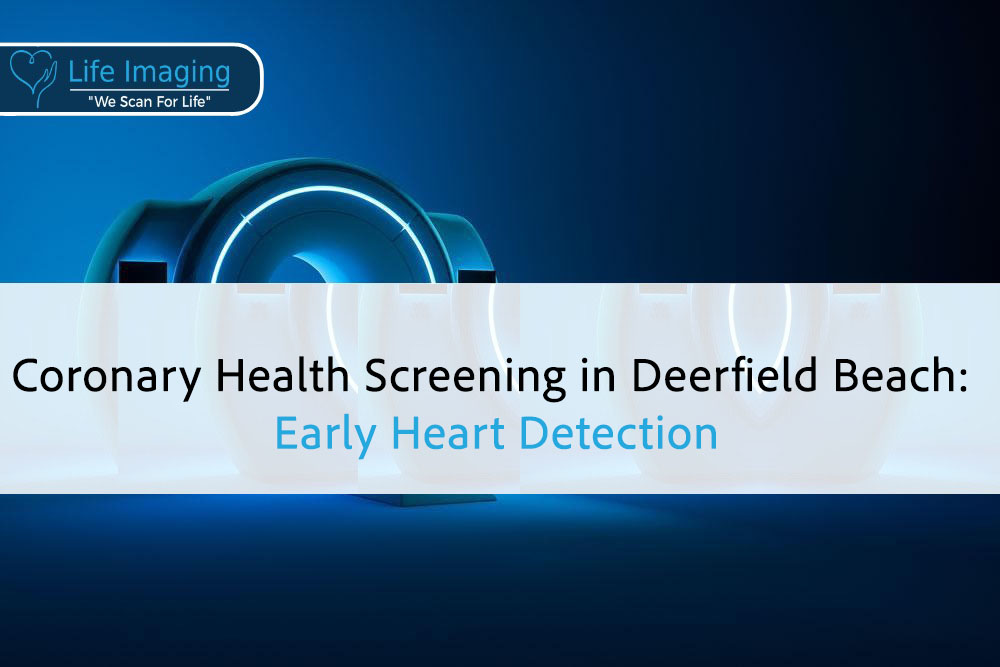
Introduction Your heart works around the clock, but changes inside

Introduction Your heart works nonstop, often without a single complaint.
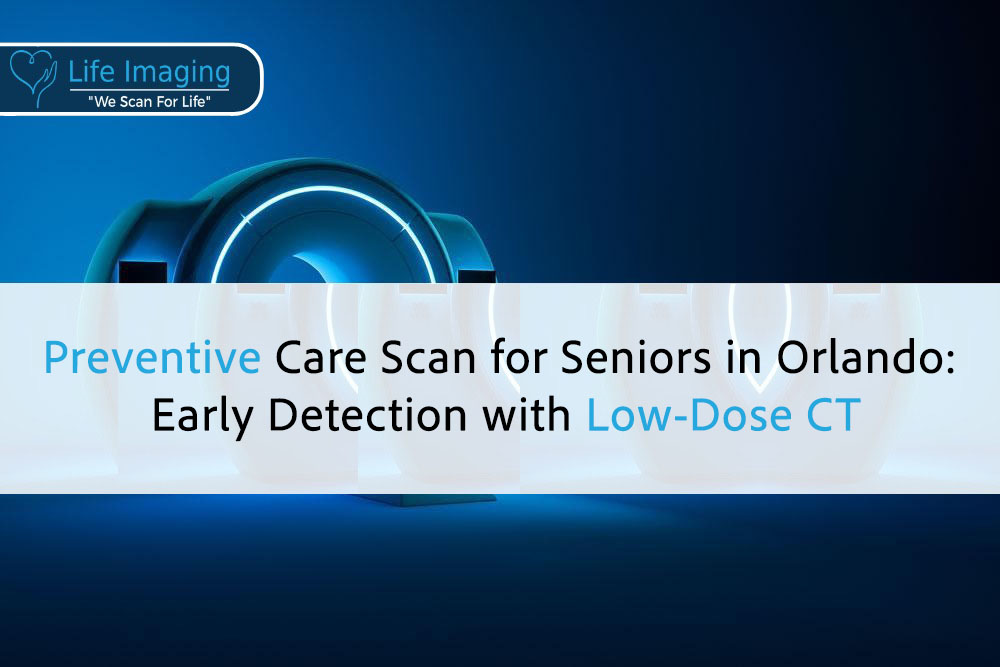
Introduction The best part of getting older is having time
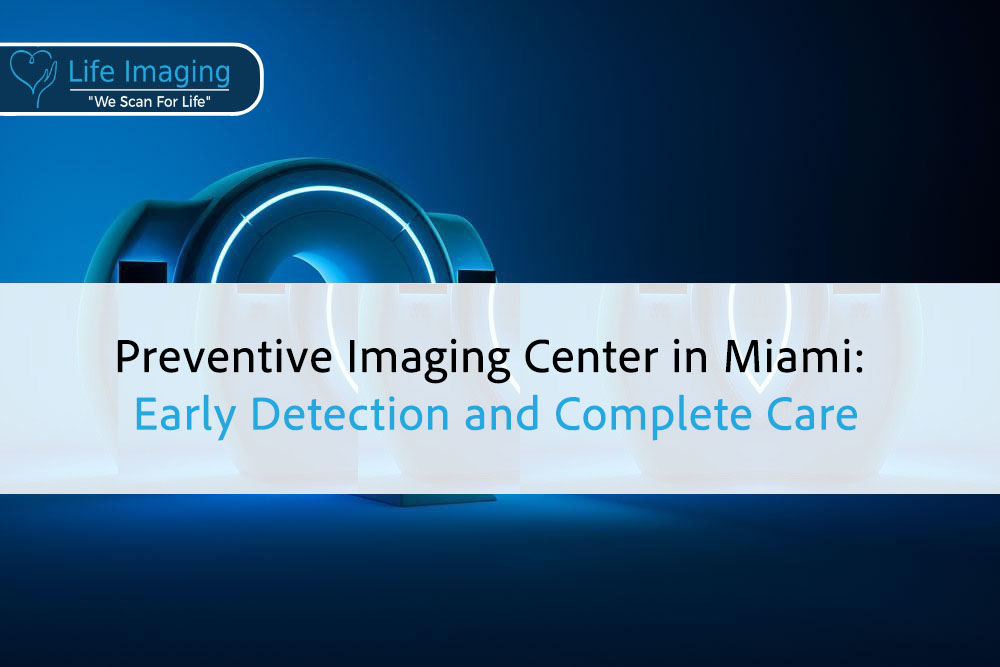
Introduction Good health isn’t just about treating problems, it’s about
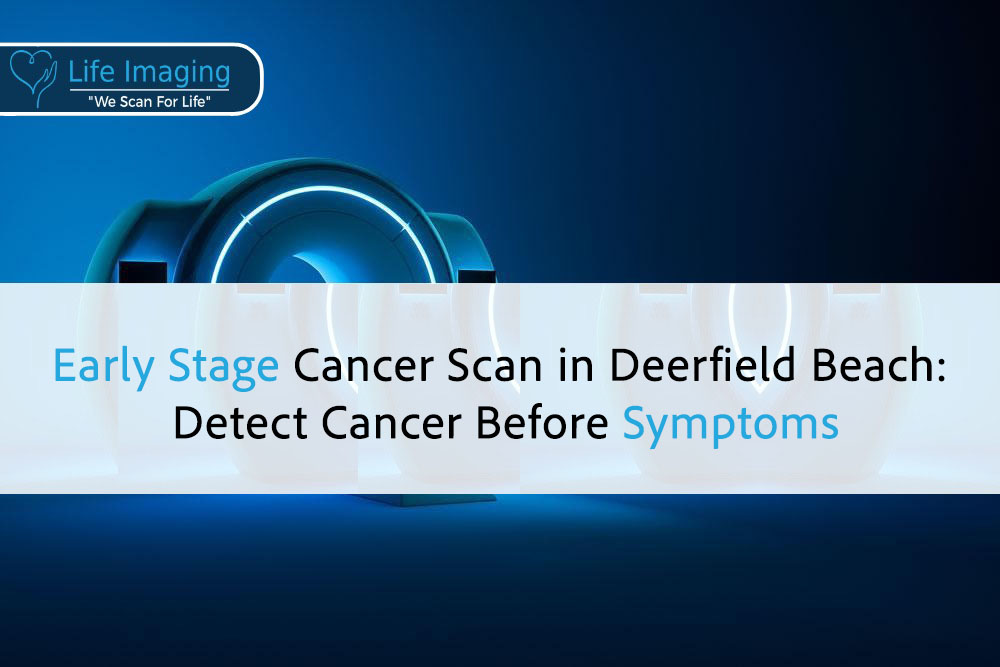
Introduction Cancer often begins quietly, long before you feel anything

* Get your free heart scan by confirming a few minimum requirements.
Our team will verify that you qualify before your scan is booked.
Copyright © 2025 Life Imaging – All Rights Reserved